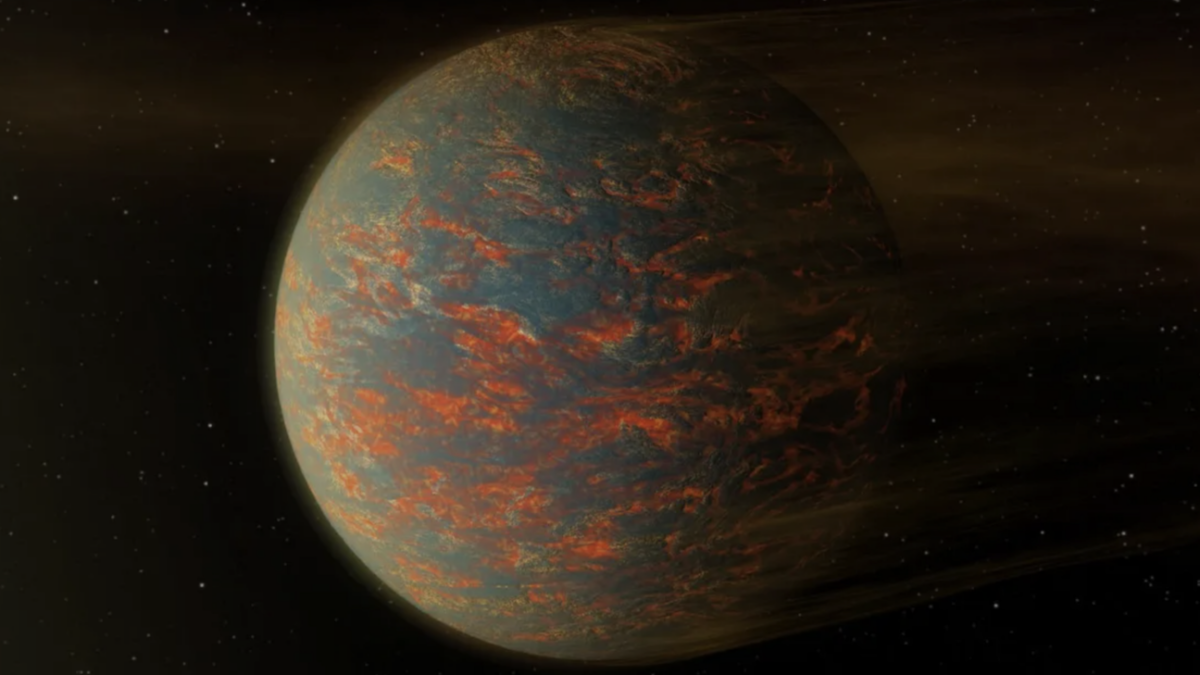
On a large, rocky world in a far-off solar system, a year goes by in just half a day.
Astronomers are continually finding unique planets in deep space, and a new survey just revealed 15 new planets, including a unique super-Earth. These are rocky worlds some 30 to 70 percent bigger than Earth, but not quite as massive as planets like Neptune. This latest super-Earth find, dubbed TOI-1798 c, is a rarity because it travels extremely close to its star — so close that an orbit takes about 12 hours. (That’s a USP, or ultra-short period orbit.)
While some super-Earth’s dwell in more temperate parts of their solar system, where liquid water could potentially exist, TOI-1798 c is scorching.
“TOI-1798 c orbits its star so quickly that one year on this planet lasts less than half a day on Earth,” Ian Crossfield, an astronomer at the University of Kansas who coauthored the new research, said in a statement. “Because of their proximity to their host star, USPs are also ultra-hot — receiving more than 3,000 times the radiation that Earth receives from the sun. Existing in this extreme environment means that this planet has likely lost any atmosphere that it initially formed.”
NASA scientist viewed first Voyager images. What he saw gave him chills.
The new exoplanet (a planet beyond our solar system) discovery was recently published in The Astrophysical Journal.
Mashable Light Speed
While life likely doesn’t inhabit such a ruthlessly hot, irradiated place, such planets add to the sum of knowledge about what types of rocky worlds are out there, and how other solar systems might differ from ours. For example, as far as scientists currently know, super-Earths are common in other solar systems — but we don’t have one. Most solar systems have two, or more, stars. We have one.
“This suggests our solar system might be less typical than we assumed,” Crossfield said.
An artist’s conception of two exoplanets orbiting the star TOI-1798. The super-Earth is the inner planet.
Credit: W. M. Keck Observatory / Adam Makarenko
To find the super-Earth TOI-1798 c, which is many light-years away, the researchers used two observatories. The NASA instrument TESS — short for Transiting Exoplanet Survey Satellite — has sensitive cameras that looks for dips in a star’s light as a planet transits in front. This can provide proof of a planet’s existence and details about its orbit.
But there’s more. The exoplanet team also employed the Earth-based W.M. Keck Observatory atop Mauna Kea in Hawaii to find the planet’s mass. They measured the star’s ever-so-slight wobble as the planet orbited, ultimately allowing them to determine the super-Earth’s mass. With this info, they could deduce its density, and other likely characteristics.
So far (as of May 24, 2024), astronomers have confirmed 5,632 planets in our Milky Way galaxy. Yet, our galactic home, with hundreds of billions of stars, may teem with trillions of exoplanets.